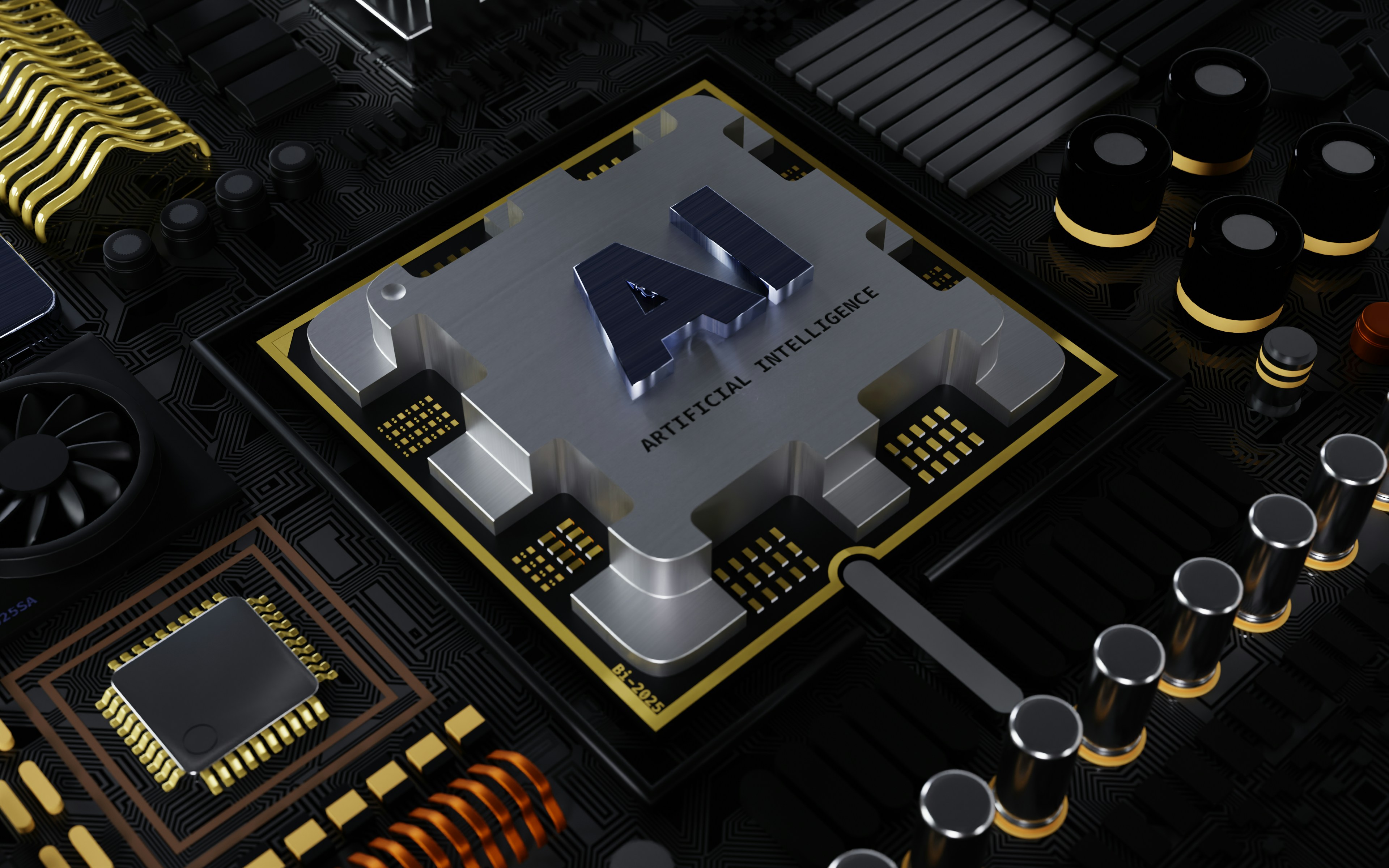Photonic Computing: Lighting Up the Future of Technology
As we walk on the path of technological advancements, researchers are constantly pushing the boundaries to find novel ways that can revolutionize our digital landscape. Today, we’ll take a look at a technology that could potentially define the future of computer processing—Photonic Computing.

Tracing the Evolution of Photonic Computing
Photonic Computing, as the term suggests, involves the use of light or photons to perform computing tasks, instead of traditional electricity-based electronic chips. This idea is not entirely new and was, in fact, introduced way back in the early 1980s. However, due to several technical limitations, it remained dormant until recently.
The birth of this concept is linked to the inherent limitations of electronic computing, particularly the heat generation and energy consumption issues. The ongoing miniaturization of electronic components and the constant pursuit of faster computing speeds led to increased heat generation—an issue that photonic computing could potentially solve.
The Resurgence and Present Developments
Fast forward to the present. We are witnessing a renewed interest in photonic computing, thanks to several breakthroughs in the field of photonics. For instance, researchers at the Massachusetts Institute of Technology (MIT) recently announced the development of a new chip that uses light, not electricity, to perform computations—an innovation that could revolutionize data-intensive fields such as artificial intelligence and big data analysis.
Another exciting development comes from researchers at the University of Oxford. They have successfully captured the behavior of a single photon on camera for the first time. This could potentially open up new avenues for quantum computing, which also relies on photons for processing.
How Photonic Computing Could Impact the Tech World
There’s no denying that if photonic computing becomes mainstream, it could profoundly impact several industries. For starters, it could provide a much-needed boost to the computing power of data centers and supercomputers, without significantly increasing their energy consumption.
From a consumer perspective, the advent of photonic computers could mean faster and more energy-efficient personal devices. Imagine a laptop that never heats up, no matter how many tabs you have open on your browser, or a smartphone that needs charging only once a week.
The Price and Market Impact
Though it’s still early days for photonic computing, it’s estimated that the price of the first generation of photonic computers could be quite high due to the novelty and the cost of research and development. However, prices are expected to drop over time as the technology becomes more mainstream and production scales up.
From a market perspective, the impact could be vast. According to a report by MarketsandMarkets, the photonics market is expected to grow from $520.0 billion in 2017 to $780.4 billion by 2023. Photonic computing, once commercialized, could account for a significant chunk of this growth.
The Road Ahead
Despite the promising prospects, photonic computing still faces several challenges. For instance, creating practical, large-scale photonic processors and finding efficient ways to integrate them into existing electronic systems is a monumental task. There are also issues related to the stability of light-based signals and the need for specialized materials to create photonic chips.
However, with the rapid advancements in technology and the increasing demand for faster, more efficient computing, the future of photonic computing looks bright. It may not be too far off when we’re living in a world powered by light, literally.
In conclusion, while photonic computing is still in its infancy, its potential to revolutionize our digital landscape is undeniable. As we continue to explore this exciting field, we might just be on the brink of a new era in computing technology.




